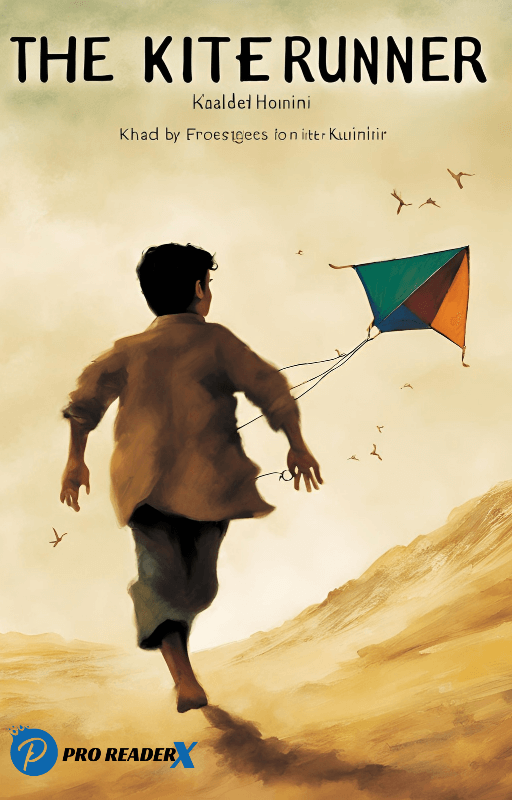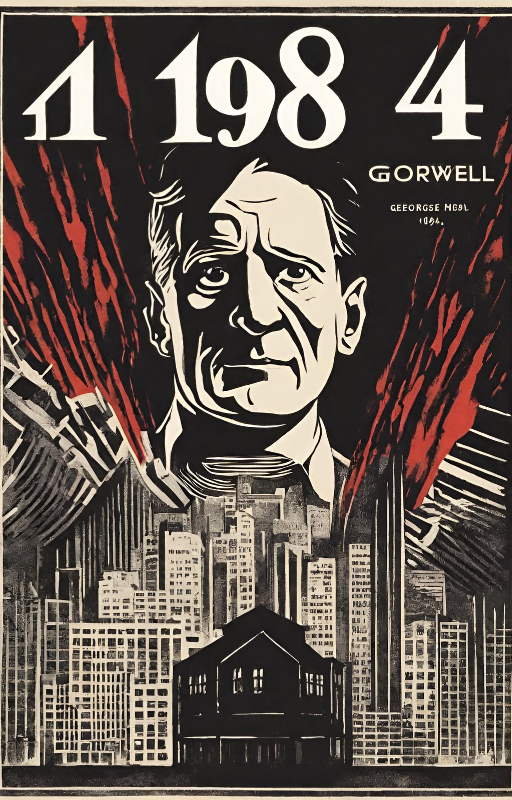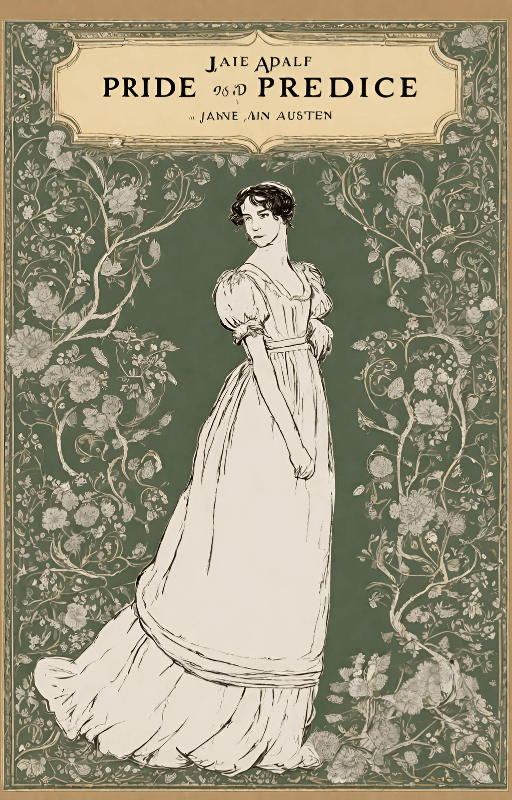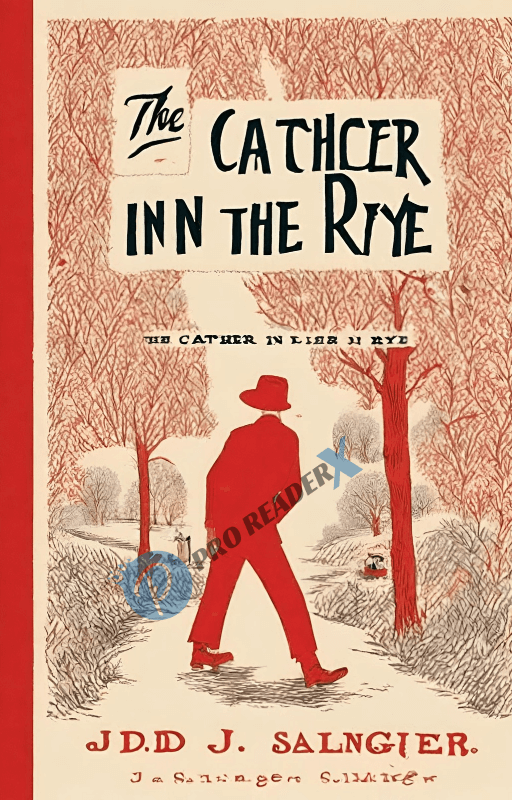Introduction to The Kite Runner
Beginning
Khaled Hosseini’s fascinating book “The Kite Runner” transports readers on an emotional trip through the intricacies of friendship, betrayal, and atonement against the chaotic background of Afghanistan.
Background of Author
Once published in 2003, the book immediately won praise from readers worldwide for its moving topics and potent narrative. As an Afghan-American, Hosseini relied on his own experiences and observations to create a story that speaks to worldwide audiences.
Plot Summary to The Kite Runner
Childhood in Kabul
At the novel’s start, we are introduced to the protagonist, Amir, and his devoted companion, Hassan, in Kabul. An act of betrayal that plagues Amir his whole life destroys his perfect childhood.
Escape to America
Amir and his father fled their country and the harsh memories of their past to America during the turmoil of the Soviet invasion. Amir fights to shake the shame of his previous deeds even in their new existence.
Return to Afghanistan
Years later, Amir has another opportunity for atonement when he returns to Afghanistan to face his sins and make up for them. Along the way, he learns what friendship and sacrifice mean.
Character Analysis by Khaled Hosseini
Amir
Amir, the main character and narrator, changes profoundly throughout the book. Heartbreaking and motivating, Amir’s story follows a young child consumed with guilt to a man looking for atonement.
Hassan
Hassan stands for unfailing innocence and commitment in the face of injustice and brutality. Although he has suffered, his kindness and altruism never fade from the lives of those around him.
Baba
Amir’s father, Baba, is a complicated man who is divided between modernity and tradition. Despite his shortcomings, Baba is primarily responsible for the book’s emotional impact.
Themes Analysis of The Kite Runner
Redemption
Fundamentally, “The Kite Runner” examines the idea of atonement for previous transgressions and redemption. Using Amir’s path, Hosseini reminds us that asking for forgiveness and apologizing is never too late.
Betrayal
The book also explores the fallout from betrayal and the enduring wounds it causes both the betrayer and the victim. The story is shaped by how Amir’s life turns out because he betrays Hassan.
Guilt and Forgiveness
Amir’s battle with remorse and his need for forgiveness is at the heart of his character journey. Hosseini shows that real atonement originates inside by delving into the intricacies of guilt and the restorative power of forgiveness.
Symbolism
Kite Fighting
Kite fighting powerfully and metaphorically represents the protagonists’ battles for identity, power, and atonement. Through kite fighting, Hosseini emphasizes the intricacies of Afghan culture and the relationships that bind and separate us.
The Pomegranate Tree
The pomegranate tree represents youthful purity and innocence lost to violence and betrayal. Throughout the book, it poignantly reminds the characters of their common background.
The Blue Kite
The blue kite symbolizes the aching memories that tie Amir and Hassan together. As the tale progresses, its importance increases until it finally comes to a point of atonement and reconciliation.
Writing Style
Narrative Technique
Hosseini’s storytelling approach is rich and evocative. It transports readers to the story’s core with vivid details and profound emotional impact. The book’s emotional effect is increased by his use of first-person narrative, which provides a close-up look inside Amir’s mind.
Language and Tone
“The Kite Runner” has approachable, lyrical language that skillfully combines basic narrative with poetry writing. Hosseini uses symbolism and imagery to create an immersive reading experience that deepens readers’ comprehension of the characters and issues.
Critical Reception
Literary Acclaim
Since its release, “The Kite Runner” has won several honours and plaudits for its profound ideas and potent narrative. Reviewers and consumers have complimented Hosseini’s deft and nuanced handling of complex subjects.
Controversy
Though well-received, the book has also generated controversy because of how it portrays delicate themes like violence and sexual assault. Hosseini’s representation of Afghan culture has drawn criticism from some, yet his honesty and genuineness in tackling these challenging subjects have won praise.
Impact and Legacy
Cultural Influence
Readers worldwide have found great resonance in “The Kite Runner,” which has sparked discussions on identity, family, and the human condition. Its investigation of Afghan history and culture has promoted empathy and understanding across cultural boundaries.
Adaptations
Apart from its literary triumph, “The Kite Runner” has become a highly praised stage play and movie, securing its status as a contemporary classic. These versions have brought Hosseini’s tale to new readers, guaranteeing its message of atonement and forgiveness will be relevant for many years.
Conclusion
All things considered, “The Kite Runner” is a classic that deftly and compassionately examines the intricacies of friendship, betrayal, and atonement. Hosseini transports readers to a universe where forgiveness can conquer even the worst of pasts through his moving themes and vivid narrative. Whatever drew you in its vivid location, endearing characters, or universal themes, “The Kite Runner” is a book that will linger long after you’ve finished it.
FAQs (Frequently Asked Questions)
Q1. Is “The Kite Runner” based on a true story?
“The Kite Runner” is fiction, but Khaled Hosseini used his experiences and observations as an Afghan-American to craft an authentic and intimate story.
Q2. Why is “The Kite Runner” appropriate for this age range?
Given that “The Kite Runner” addresses mature subjects, including sexual assault, betrayal, and violence, older teenagers and adults are the best audience members.
Q3. What aspects of the redemption concept does “The Kite Runner” address?
With the character of Amir, “The Kite Runner” explores the idea of atonement by having him face his fault and ask for pardon. Though it is not without difficulties and setbacks, his path of atonement finally brings him healing and closure.
Q4. How does “The Kite Runner” differ from other books?
“The Kite Runner” stands out for its skill in fusing profound concepts with deft narrative to evoke intensely felt emotions. Long after the book is over, Hosseini’s vivid characters and evocative language transport readers to a world that seems both familiar and alien.
Q5. In what ways has “The Kite Runner” impacted popular culture and literature?
“The Kite Runner” forever changed literature and popular culture by motivating many readers and artists with its universal themes of love, loss, and redemption. Many adaptations, debates, and homages to Hosseini’s classic novel bear witness to its impact on society.






